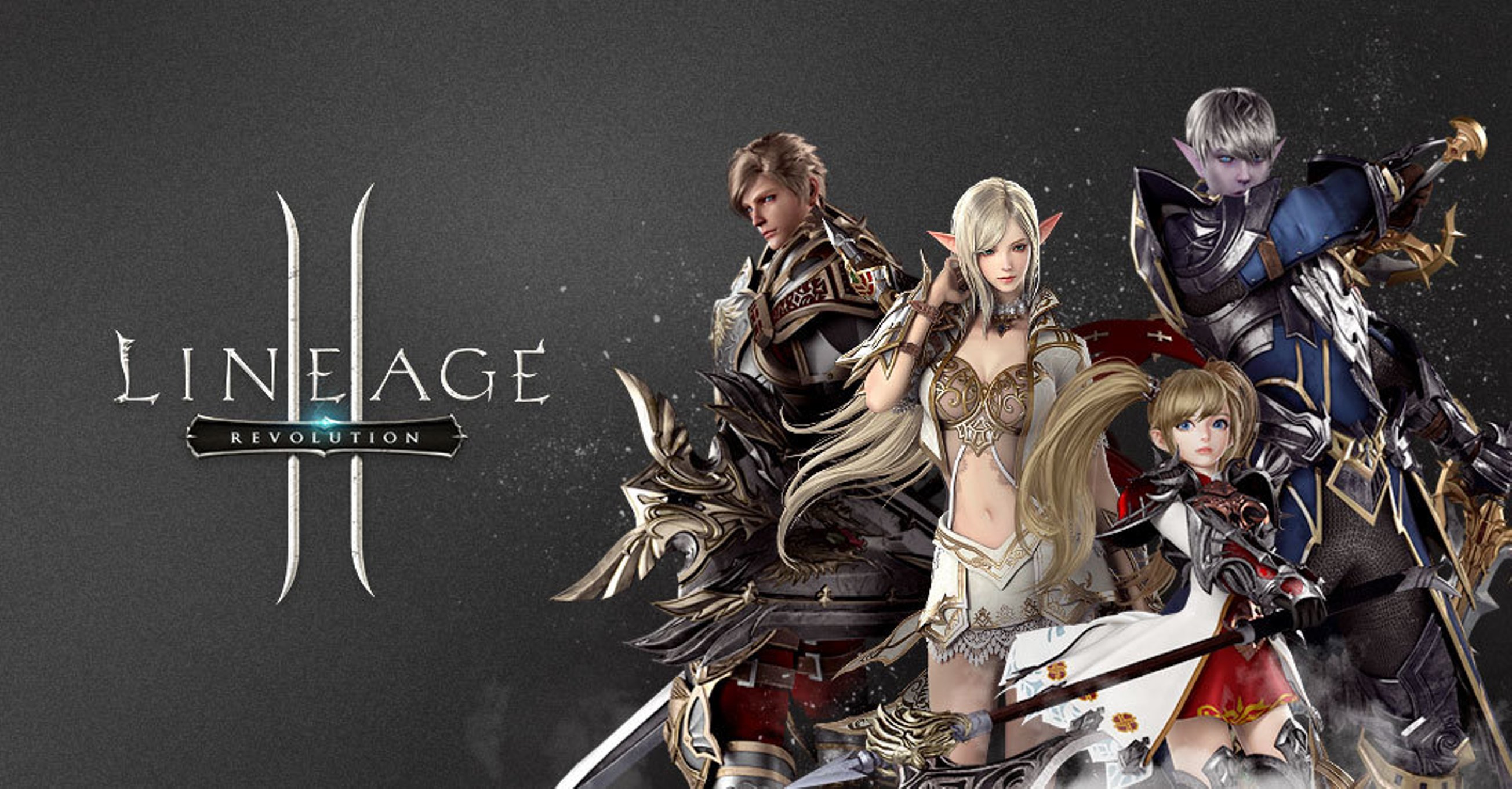It’s hard to find someone who has never heard of the legendary and, I’m not afraid of this word, the cult online game Lineage. The goal of the developers was to create a realistic three-dimensional world, where landscapes with trees, mountains and water, animals and monsters, your characters, and large-scale battles look as believable as the most modern technologies allowed. This served as lineage 2 interlude later on.

Much that is the standard for Lineage is, to this day, an unattainable level for most online games that can only imitate this world. For a long time, no other MMORPG could boast of such elaborate visual scenes, detailed siege weapons, castles, and entire cities. Everything is voiced in the game – from steps and the murmur of water to the clang of swords and flashes of magical explosions during battles.
History of creation
The massively multiplayer online game Lineage has brought its creators more than $ 1.8 billion. Lineage was released in 1998, the project became one of the most popular games in South Korea in just a year and has collected over a million subscribers. Subsequently, the game was officially translated into Chinese, English, and Japanese. Thus, over 15 years of its existence, the game has made its creators rich. In 2003, Lineage 2 hit the market and is set 150 years before the events of the original game began. The second part gathered 14 million active users, most of whom came from Asian regions. However, contrary to the usual calculations, the history of Lineage 2 does not begin on October 1, 2003, when the game started in Korea, but in November of the distant two-thousandth year. It was then that the developers of the project got down to work. Very simple arithmetic gives us a project completion time, which looks very modest by today’s standards: two and a half years because on July 9, 2003 Lineage 2 was already available in open beta testing.

Of course, the developers borrowed a lot from the history and setting of the original world of Lineage, but the overall impressive pace was achieved thanks to the strategy of “do not pull, start small, make frequent updates and additions.” Looking back, we can say that the approach was correct, and the number of updates and significant additions became one of the main trump cards of the project. It is impossible to talk about the game as something static. We constantly have to clarify what period in the history of the game we are talking about. We like some periods of the life of this world especially strongly, some disappoint. Doesn’t this give birth to a wonderful feeling of a living, breathing world?
It is also interesting that the history of Lineage 2 develops chronologically several hundred years before the events that are the plot background of the first version of this game universe. This move was made with the expectation that the original world would continue to evolve. As we already know, the stake on this was not made in vain. However, in Lineage II, the developers faced challenges that were much more serious than in the first part. It’s all about the graphics engine, detailing, and 3D rendering, which required a lot more effort on the part of the artists. They decided on a very daring experiment: different races in the game were created partly with a view to different audiences. So humans and light elves were created with a Korean audience in mind. Orcs and Dark Elves were created with an eye on the US audience, and Dwarves with an eye on Japanese players. Besides, these same races had to include specific behavioral archetypes to mixed audiences.

Diversity and realism of the virtual world
As we know, it was not possible to please everyone at the same time. Some did not like the gnomes, some did not like the frank appearance of dark elves, but an interesting effect was that everyone could choose an archetype close to him. It was a great attempt at creating a very colorful society. And I still consider people who say that they cannot tolerate the appearance of a class in the game, showing their intolerance. Interestingly, the most difficult challenge for the artists was the creation of the orc race, which was redrawn several times from scratch. The developers wanted to save the orcs from the halo of “bad guys”, but at the same time retain the characteristics inherent in this race. Whether they succeeded or not is up to you.
Another bold move was the attempt to tie crafting and mining to one particular race – dwarves, of course. But at the same time, the dwarves were deprived of serious fighting skills, which forced the players to make choices and thereby crystallized the audience behind this race. They were true lovers of crafting, mining, and trade, ready to achieve their importance peacefully. And, of course, they could not mine without other classes, and other classes were in dire need of the services of the dwarves. Both in equipment and in consumables that enhance their combat skills. It is also interesting that dwarves often became “playmakers”, giving their team tangible targets for hunting.

